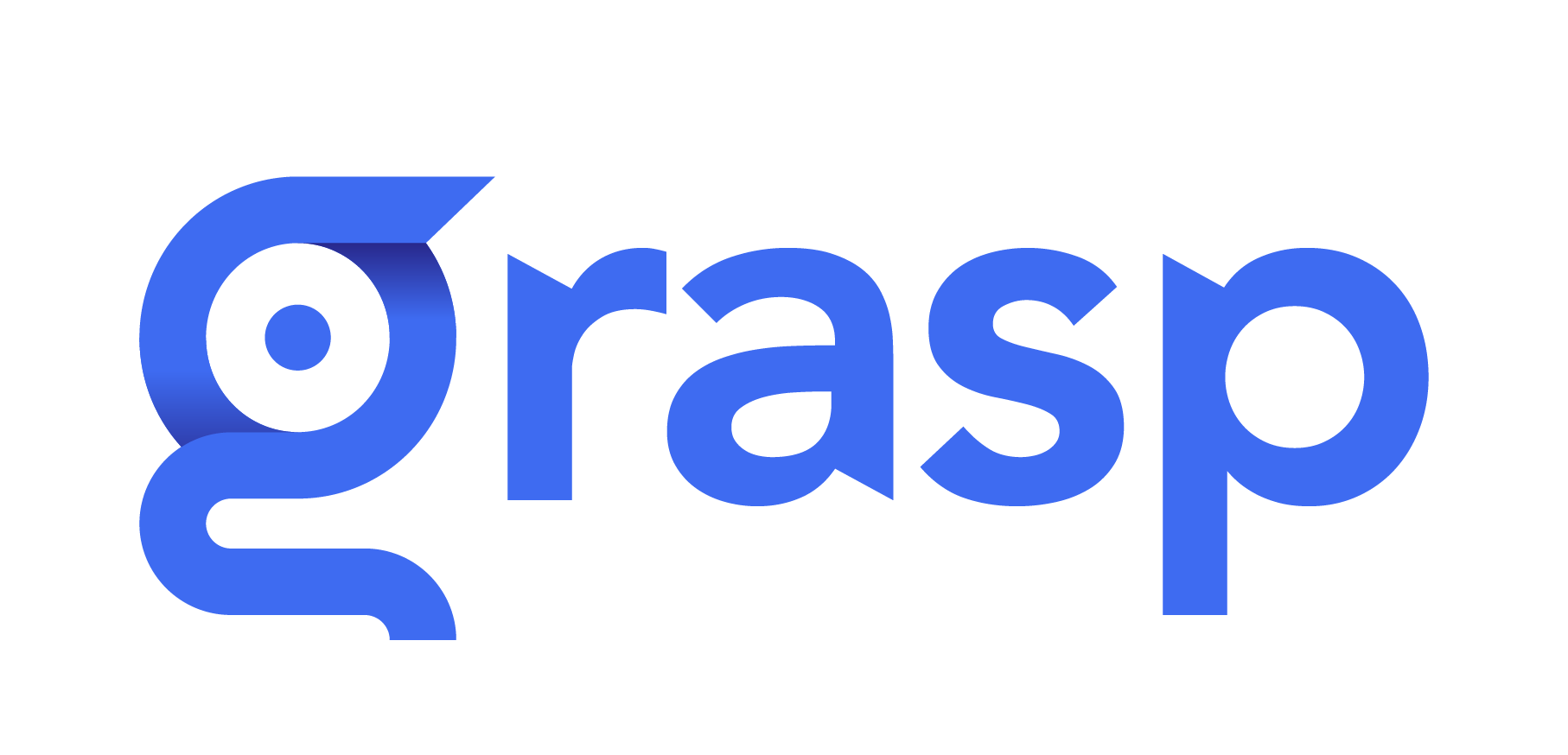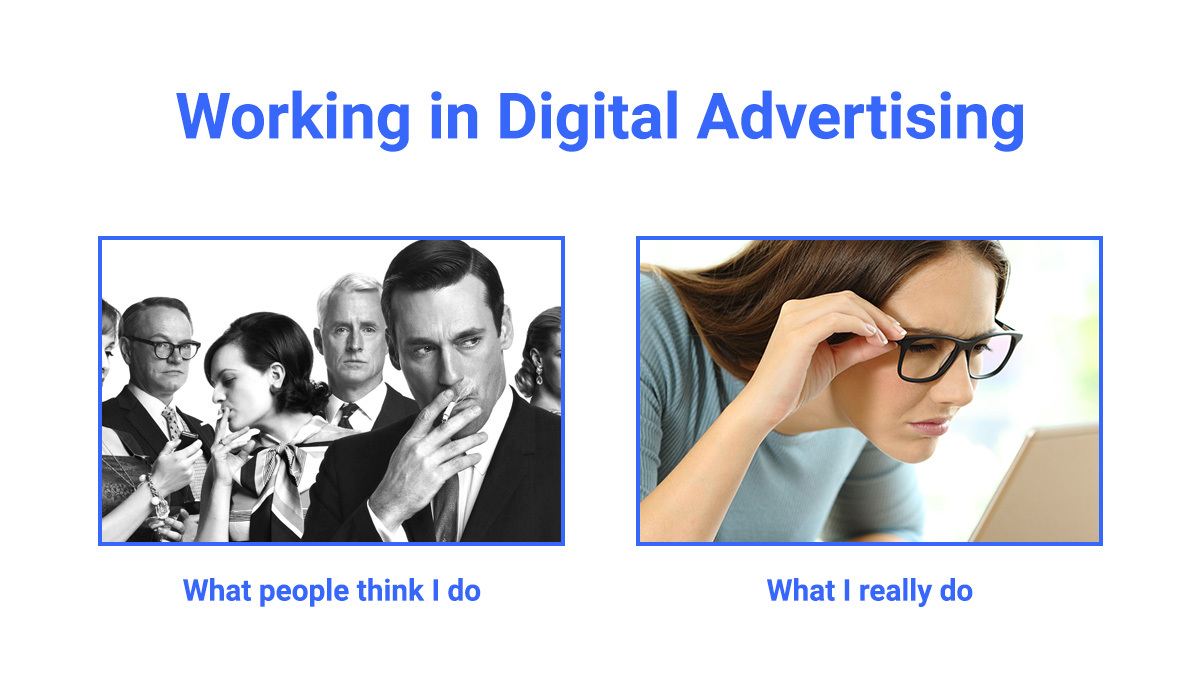Out of curiosity, we typed “key elements to successful digital media buying” on Google and wanted to see what we could find.
Most blog posts and articles in recent years say that the key elements are:
- Get to know your audience. It’s crucial to identify your target audience and understand their interests.
- Creativity and Diversity of the Digital Advertising Ecosystem. This piece of advice focuses on the fact that there are various channels of digital advertising (paid media, earned media and owned media) and that media buyers mustn’t allocate all resources on the same channel.
- Deliver the most relevant and engaging creatives. Use creatives that are most likely to motivate your audiences to take action. Test and retest. Refine and improve.
OK, fair enough. But as our search went on, we were seeing more and more similar and slightly repetitive answers. Everyone is talking about creative messaging, and everyone is talking about audiences. Some tech advocates are bringing in ideas around A.I. optimizations, tracking & measurement, and whatever brand-new, innovative tech solutions that can take your KPIs to infinity and beyond.
They are all great ideas, but there is just this ONE key component that is missing. It’s nothing new. Everyone in media buying has been dealing with it since the first day digital advertising was born. And all marketers have gone to extreme measures to get this done right. But no one seems to have realized that this very component should be addressed on the strategy level.
That missing component of successful media buying, ladies and gentlemen, is the cohesion, the jointedness, and the proper and compliant execution.
Oh yes.
An unimaginable amount of emails, excel sheets and processes have been generated by the brand and by the media buying agency just to ensure if the media buyers have set up every campaign correctly. Lots of costly positions have been created from both sides almost for the sole purpose of QA. The worst yet, is the fact that those who are supposed to be tasked with strategy and leadership work also find themselves being involved in QA on most days.
So that’s how the day unfolds. A media buyer spends 15mins to set up the campaign, then spends probably a lot more than 15mins to double check. After, the media buyer’s supervisor jumps in for another round of QA. If we are talking about a big campaign in Q4, the team lead probably also feels obligated to join this “QA party”. Once this is done on the agency side, the campaign is sent to the client for a final round of review.
Countless time and money is lost to ensure compliant and accurate media buying. When it comes to media buying, everyone believes that at least 95% of the time should be focusing on strategy, planning and performance, as execution “is supposed to be” easily done right, as “it’s just copying numbers and texts from a campaign brief”. While in reality, probably 50% of the resources have been allocated to ensuring proper execution, because mistakes may not happen every day, but when they do, they can be fatal to the agency and to the brand alike.
Digital marketers have battled with this for as long as their career, but this does not have to be the norm. And it should not be the norm.
Get in touch with Grasp today, and learn about how our technology can help minimize media buying errors using preventive and reactive approaches with 3 levels of safeguard. We all chose to become digital marketers in the first place to innovate and inspire. Do that, and let the Grasp technology take care of the process control for you.



